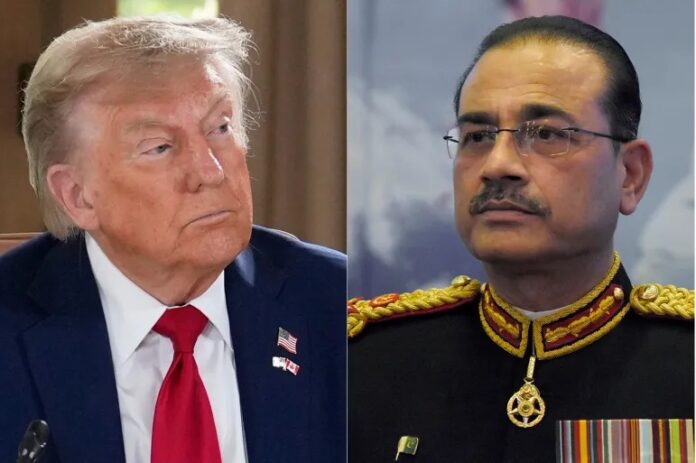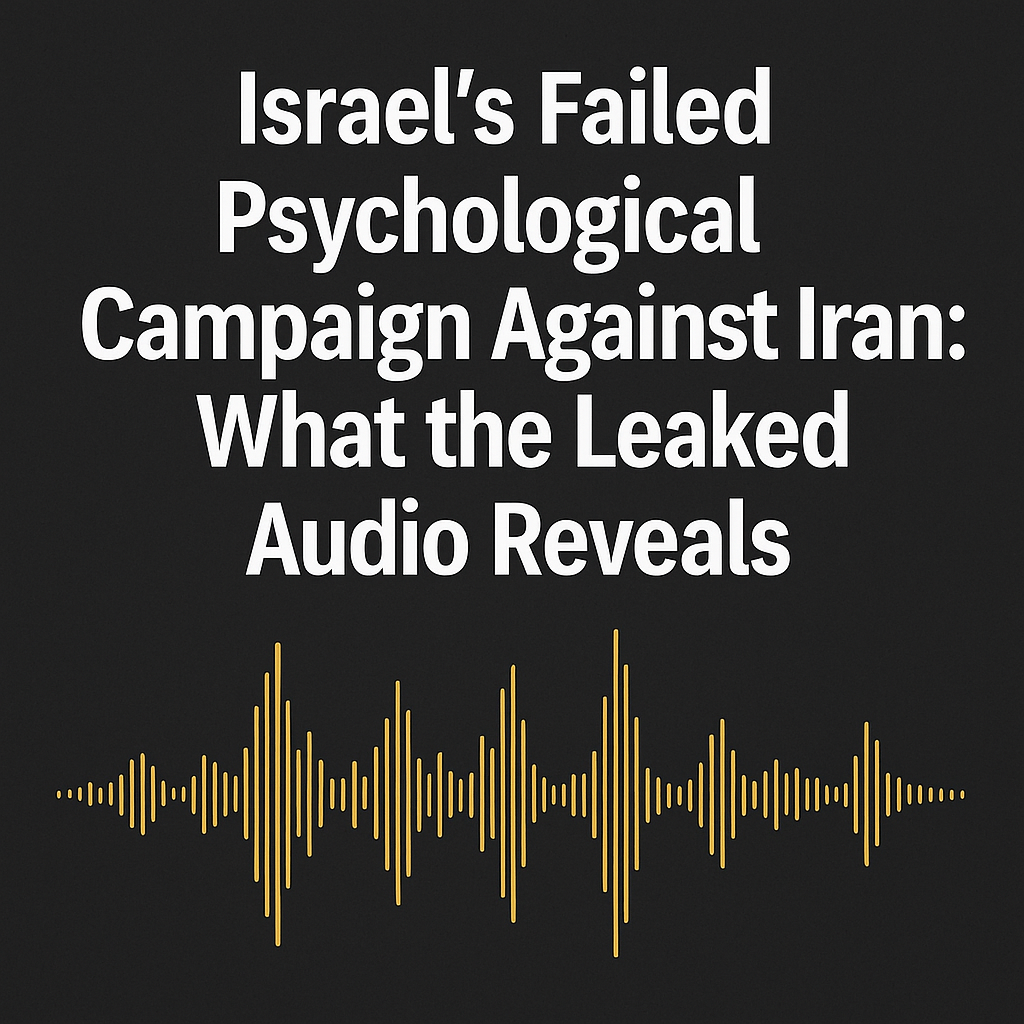In his first address to a joint session of Congress on March 4 this year, following his second inauguration, Donald Trump made a notable announcement.
He brought up the tragic Abbey Gate bombing at Kabul airport in August 2021, an event that unfolded as countless Afghans were attempting to escape after the Taliban regained power. Trump claimed that the individual responsible had been captured, attributing the apprehension to Pakistan. “I want to thank especially the government of Pakistan for helping arrest this monster,” Trump stated.
Fast forward a little over three months, and Trump welcomed Pakistan’s army chief, Asim Munir, for a White House lunch—marking the first occasion a U.S. president has dined with a Pakistani military chief who isn’t also the country’s leader. Munir is currently on a five-day visit to the U.S.
This shift is striking for a country that Trump had criticized just seven years prior, accusing it of providing “nothing but lies and deceit,” as well as safe havens for terrorists. Even his immediate predecessor, Joe Biden, labeled it “one of the most dangerous nations.”
Such a change represents a significant pivot, which experts suggest has been developing for weeks under Trump’s second administration, and it gained further traction following a brief but intense military clash between India and Pakistan in May, during which the U.S. played a mediating role to achieve a ceasefire.
Some analysts caution that this evolving dynamic should be seen through the lens of Trump’s personal approach rather than a consistent institutional policy.
“Trump’s invitation to Pakistan’s army chief is not merely breaking with protocol, it’s redefining it,” remarked Raza Ahmad Rumi, a distinguished lecturer at the City University of New York (CUNY). “It clearly indicates that Pakistan is not just on Washington’s radar; it’s part of the inner circle, at least for the time being.”
The meeting between Donald Trump and Munir took place against a backdrop of rising tensions in the Middle East, particularly following Israel’s strikes on Iranian cities that began on June 13. In response, Iran launched missile attacks against Israel.
The Israeli campaign has focused on Iranian generals, missile bases, nuclear sites, and scientists, resulting in over 200 casualties. In the past six days, Iran’s missile and drone strikes against Israel have claimed around 20 lives.
The Israeli government, led by Benjamin Netanyahu, has been urging the United States to support its actions against Iran, which shares a lengthy border with Pakistan, measuring approximately 900 kilometers (559 miles).
After hosting Munir for lunch on Wednesday, Trump addressed the media in the Oval Office, acknowledging that Pakistanis “know Iran very well, better than most,” but emphasized that they are “not happy” with the current situation.
Trump expressed that the primary purpose of his meeting with Munir was to express gratitude for his involvement in easing tensions during the May conflict between Pakistan and India, a confrontation that nearly pushed the two nuclear-armed nations into war.
“The reason I had him here was to thank him for not escalating into conflict with India. I also want to acknowledge PM [Narendra] Modi, who just visited a few days ago. We’re currently working on a trade deal involving India and Pakistan,” Trump stated, highlighting his positive rapport with Modi.
“These two very astute leaders chose to avoid a conflict that could have led to a nuclear war. Pakistan and India are both significant nuclear powers, and I was honored to meet with him today,” Trump remarked, referring to Munir.
The situation escalated after an attack in April in Indian-administered Kashmir that resulted in the deaths of 26 Indian civilians. India accused Pakistan of being responsible, while Pakistan denied the allegations and called for a “credible, independent, transparent” investigation.
On May 7, India initiated strikes within both Pakistani and Pakistan-administered Kashmir regions. In response, Pakistan’s air force claimed to have shot down at least six Indian aircraft, a claim India confirmed but did not quantify. Tensions heightened as both nations exchanged drone fire for three days, eventually leading to missile strikes on military installations on May 10.
The conflict only subsided after intensive behind-the-scenes diplomacy, notably involving the United States, resulting in a ceasefire. Former President Trump reaffirmed his involvement on Wednesday, stating, “I stopped the war between Pakistan and India. This man [Munir] played a crucial role in halting it from the Pakistan side, alongside Modi from India and others.”
While Pakistan has recognized the US’s influence, India maintains that the ceasefire was achieved solely through direct talks. Indian Foreign Secretary Vikram Misri emphasized in a statement on Tuesday that PM Modi had called Trump to reinforce New Delhi’s position that there was no US-led mediation in the dialogue with Pakistan.
This stance aligns with historical trends. Pakistan’s inaugural military ruler, Field Marshal Ayub Khan, was closely allied with the US during the 1960s. Following him, military leaders like General Muhammad Zia-ul-Haq in the 1980s and General Pervez Musharraf in the 2000s also nurtured strong ties with Washington. Each of these leaders was welcomed by US presidents at the White House — but only after they assumed their roles as heads of state.
Munir, now only the second Pakistani to achieve the rank of field marshal after Khan, strengthens the belief that real power in Pakistan lies with the military, despite the civilian government’s presence, according to experts. However, Rumi from CUNY cautioned against confusing “symbolism with transformation.” He noted, “This [Trump-Munir] meeting validates the ongoing military-to-military relationship in US-Pakistan ties but also sidesteps the civilian framework, which should concern those who support democratic growth.”










